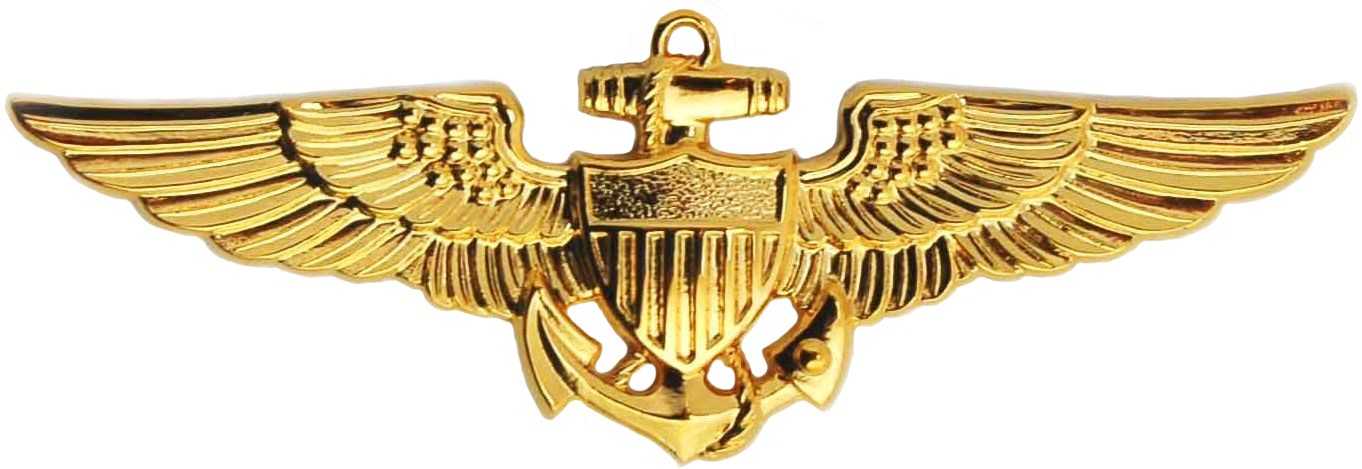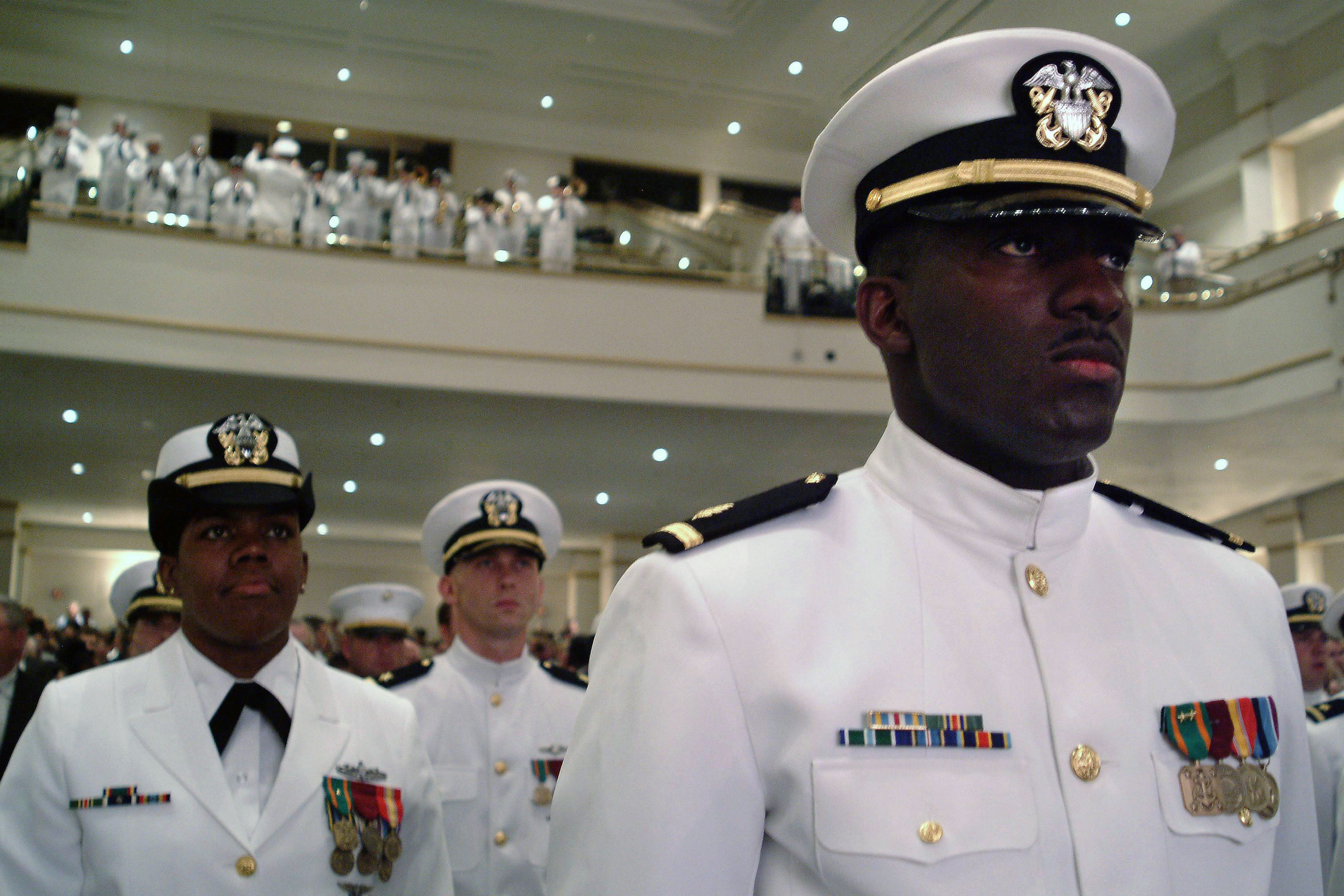|
John Lucian Smith
John Lucian Smith (December 26, 1914 – June 9, 1972) was an American Medal of Honor recipient and Marine Corps flying ace who, as commanding officer of VMF-223, shot down 19 Japanese planes in World War II and led his squadron to destroy a total of 83 enemy aircraft during the Solomon Islands campaign. Early life John Lucian Smith was born on December 26, 1914, in Lexington, Oklahoma. He attended the University of Oklahoma where he was a member of the Reserve Officers Training Corps, graduating in May 1936. During the same month, he was appointed a second lieutenant in the Army Field Artillery, but resigned in July that year to accept a commission in the United States Marine Corps as a second lieutenant. Marine aviator After receiving his Marine Corps commission, he was ordered to Marine Barracks, Navy Yard, Philadelphia, Pennsylvania, where he attended the Marine Basic School. Following various duty assignments at Quantico, Virginia, Washington, D.C., and Marine Corps Rec ... [...More Info...] [...Related Items...] OR: [Wikipedia] [Google] [Baidu] |
Lexington, Oklahoma
Lexington is a city in Cleveland County, Oklahoma, United States. The city population was 2,152 at the 2010 census. Geography Lexington is located in southern Cleveland County at . It is bordered on the west by the Canadian River, which forms the McClain County line. The city of Purcell is directly across the river from Lexington, connected by U.S. Route 77. US 77 leads north from Lexington to Norman and to the center of Oklahoma City. According to the United States Census Bureau, Lexington has a total area of , all land. Demographics As of the census of 2010 there were 2,152 people, 761 households, and 541 families residing in the city. The population density was 979.3 people per square mile (378.1/km2). There were 842 housing units at an average density of 395.3 per square mile (152.6/km2). The racial makeup of the city was 85.62% White, 0.58% African American, 6.47% Native American, 0.10% Asian, 3.74% from other races, and 3.50% from two or more races. ... [...More Info...] [...Related Items...] OR: [Wikipedia] [Google] [Baidu] |
Reserve Officers Training Corps
The Reserve Officers' Training Corps (ROTC ( or )) is a group of college- and university-based officer-training programs for training commissioned officers of the United States Armed Forces. Overview While ROTC graduate officers serve in all branches of the U.S. military, the U.S. Marine Corps, the U.S. Space Force, and the U.S. Coast Guard do not have their own respective ROTC programs; rather, graduates of Naval ROTC programs have the option to serve as officers in the Marine Corps contingent on meeting Marine Corps requirements. In 2020, ROTC graduates constituted 70 percent of newly commissioned active-duty U.S. Army officers, 83 percent of newly commissioned U.S. Marine Corps officers (through NROTC), 61 percent of newly commissioned U.S. Navy officers and 63 percent of newly commissioned U.S. Air Force officers, for a combined 56 percent of all active-duty officers in the Department of Defense commissioned that year. Under ROTC, a student may receive a competitive, mer ... [...More Info...] [...Related Items...] OR: [Wikipedia] [Google] [Baidu] |
Mitsubishi G4M
The Mitsubishi G4M was a twin-engine, land-based medium bomber formerly manufactured by the Mitsubishi Aircraft Company, a part of Mitsubishi Heavy Industries, and operated by the Imperial Japanese Navy from 1940 to 1945. Its official designation is and was commonly referred to by Japanese Navy pilots as due to the cylindrical shape of its fuselage and its penchant for igniting after a hit. The Allied reporting name was "Betty". Designed to a strict specification to succeed the Mitsubishi G3M already in service, the G4M boasted very good performance and excellent range and was considered the best land-based naval bomber at the time. This was achieved by its structural lightness and an almost total lack of protection for the crew, with no armor plating or self-sealing fuel tanks. The G4M was officially adopted on 2 April 1941 but the aforementioned problems would prove to be a severe drawback, often suffering heavy losses; Allied fighter pilots nicknamed the G4M "The Flying L ... [...More Info...] [...Related Items...] OR: [Wikipedia] [Google] [Baidu] |
Henderson Field (Guadalcanal)
Henderson Field is a former military airfield on Guadalcanal, Solomon Islands during World War II. Originally built by the Japanese Empire, the conflict over its possession was one of the great battles of the Pacific War. Today it is Honiara International Airport. History Japanese construction After the occupation of the Solomon Islands in April 1942, the Japanese military planned to capture Port Moresby in New Guinea and Tulagi in the southern Solomons, extending their southern defensive perimeter and establishing bases to support possible future advances. Seizure of Nauru, Ocean Island, New Caledonia, Fiji, and Samoa would cut supply lines between Australia and the United States, reducing or eliminating Australia as a threat to Japanese positions in the South Pacific. The airfield on Guadalcanal was first surveyed by Japanese engineers when they arrived in the area in early May, and was known as "Lunga Point", or "Runga Point" to the Japanese, and code named "RXI". The air ... [...More Info...] [...Related Items...] OR: [Wikipedia] [Google] [Baidu] |
Mitsubishi A6M Zero
The Mitsubishi A6M "Zero" is a long-range carrier-based aircraft, carrier-based fighter aircraft formerly manufactured by Mitsubishi Aircraft Company, a part of Mitsubishi Heavy Industries, and was operated by the Imperial Japanese Navy from 1940 to 1945. The A6M was designated as the , or the Mitsubishi A6M Rei-sen. The A6M was usually referred to by its pilots as the ''Reisen'' (, zero fighter), "0" being the last digit of the Japanese calendar#Years, imperial year 2600 (1940) when it entered service with the Imperial Navy. The official World War II Allied names for Japanese aircraft, Allied reporting name was "Zeke", although the name "Zero" (from Type 0) was used colloquially as well. The Zero is considered to have been the most capable carrier-based aircraft, carrier-based fighter in the world when it was introduced early in World War II, combining excellent maneuverability and very long range.Hawks, Chuck"The Best Fighter Planes of World War II" chuckhawks.com. Retrieved: ... [...More Info...] [...Related Items...] OR: [Wikipedia] [Google] [Baidu] |
Solomon Islands
Solomon Islands is an island country consisting of six major islands and over 900 smaller islands in Oceania, to the east of Papua New Guinea and north-west of Vanuatu. It has a land area of , and a population of approx. 700,000. Its capital, Honiara, is located on the largest island, Guadalcanal. The country takes its name from the wider area of the Solomon Islands (archipelago), which is a collection of Melanesian islands that also includes the Autonomous Region of Bougainville (currently a part of Papua New Guinea), but excludes the Santa Cruz Islands. The islands have been settled since at least some time between 30,000 and 28,800 BCE, with later waves of migrants, notably the Lapita people, mixing and producing the modern indigenous Solomon Islanders population. In 1568, the Spanish navigator Álvaro de Mendaña was the first European to visit them. Though not named by Mendaña, it is believed that the islands were called ''"the Solomons"'' by those who later receiv ... [...More Info...] [...Related Items...] OR: [Wikipedia] [Google] [Baidu] |




